Soccer, also known as football around the world, was invented in 1863 in England, where the formation of the Football Association finalized the rules of the game. Ebenezer Morley, founder of the English Football Association, developed the 13 original laws in a local pub in Southwest London. Little did he know that he would go on to create the world’s most loved and popular sport ever.
Modern soccer was originally a winter sport between residence houses in public schools in England, and it was limited by the Industrial Revolution, which limited workers’ leisure time. In 1843, an attempt was made to standardize the rules at the University of Cambridge, and students who joined public schools adopted those rules into their games. The result of these Cambridge rules was that former students at Cambridge created many clubs. Soccer as we know it was formatted and standardized in 1870 when the Football Association (FA) prohibited the handling of the ball except if it was the goalkeeper.
Consequently, the rules weren’t met with great feedback due to the clubs striving to abide by their own rules. It was mostly Sheffield who opposed the rules but eventually, it came to terms when they agreed to join a cup competition with the London clubs. By 1877, all the football clubs around England agreed upon a uniform and the competition was on.
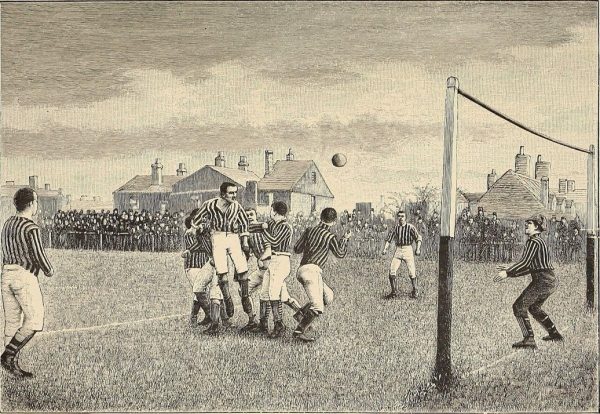
The evolution of soccer is unique because it parallels the urbanization and industrialization of England during the Victorian era. Many workers were walking away from their countryside way of living and leisure. Most of their days off were Saturday afternoons, and as a result, they decided to either play or watch modern soccer. Places such as bars, churches, and schools started organizing recreational teams to compete against each other. With all this competition, along came the press covering the matches, while local public transportation helped players and fans go watch the matches. With record-breaking attendance, soccer eventually became the country’s most popular sport, drawing the previous contender, Cricket, down in spectators watching.
By the start of the 20th century, soccer had reached all of Europe, and there was a need for organization. In 1904, delegates from Belgium, France, Denmark, the Netherlands, Spain, Sweden, and Switzerland established FIFA (Fédération Internationale de Football Association). Soccer was a prominent sport throughout the world, and even with countries having unstable relations with each other, it rose in popularity. By the beginning of the 21st Century, more than 200 nations were registered with FIFA which is way more than the United Nations members.
Soccer has had many impacts throughout history and the world. Let’s dive into some!
________________________________________________________________________________________
Political
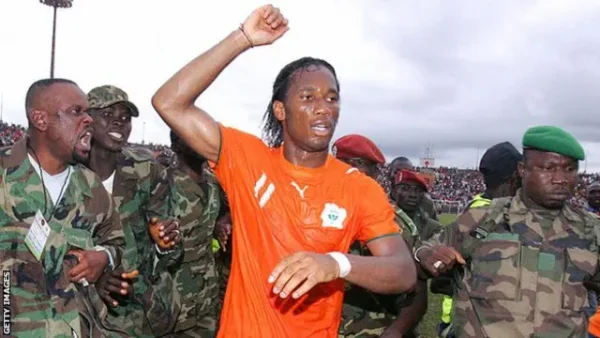
In 2005, Ivory Coast underwent a civil war between the government and enemy rebel forces. It devastated the whole country and brought turmoil to the population. Beyond this destruction and death, there were the qualifier games for the 2006 World Cup. Didier Drogba, a Chelsea and Ivory Coast legend, was leading the national team to success in the World Cup. The whole country was united temporarily to watch them beat the Cameroonian team. The match brought together Christians, Muslims, rebel forces, government supporters, and the ethnic tribes of the Ivory Coast. After the match, people who opposed each other were talking happily, and going home together with each other. In the locker room, the Ivory Coast, seeing the moment to potentially end the strife in their country, decided to film a video. Drogba stated, “We proved today that all Ivorains can coexist and play together with a shared aim,” calling for the peaceful coexistence of the nation. Where everyone else failed, soccer came through to prove that people unite around the sport. Within months after the video, both the rebels and government forces finished agreements for a ceasefire to end the war (BPR).
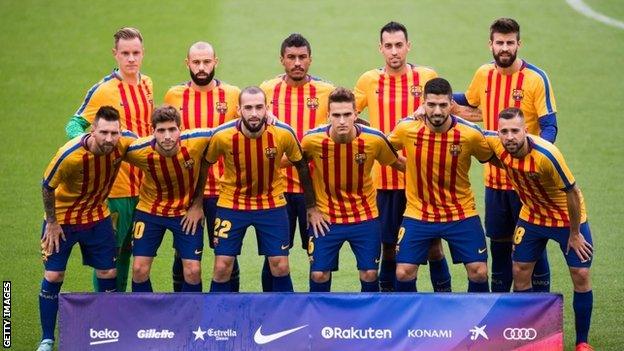
Another example of the political impact of soccer is with F.C. Barcelona and the region of Catalonia. F.C. Barcelona’s motto is “More than a club,” and they certainly proved that back in 2017. The region of Catalonia has enjoyed the right to self-government recently, ever since the days of Francisco Franco’s dictatorship. During the days of dictatorship, the Catalan people were silenced and maltreated. Fortunately, they enjoyed more freedom and self-rule from Spain but felt they deserved a little more. Eventually, nationalists in Catalonia protested and demanded a vote be held so that Catalonia be separated from Spain. Enter F.C. Barcelona, which is a worldwide famous soccer club with hundreds of millions of fans around the world, multiple league titles, the Champions League, and producing famous players such as Messi, Xavi, and Iniesta. The club has always represented and supported the community way more than the central government in Madrid. It even has the Catalonia flag in the logo, and the club has pushed for representation within the central government. Protests eventually broke out with police, and in response, Barcelona kept their 100,000-seat stadium empty during a league match to show to the world they were suffering. Gradually, it became a representative of the Catalonian people, and they started a tradition where they stood and shouted during the 17th minute of each game, which signified when Catalonia fell to Spanish rule during the War of Succession. Their huge rival, Real Madrid, is different because they are high class, whereas Barcelona is the working class and has deep ties with the Catalonia region. Even Barcelona’s business structure is built like a democracy, where it is a supporters-owned club and fans vote on decisions and a president every six years (BPR).
________________________________________________________________________________________
Social
One social impact of this world-renowned sport is that it brings many cultures together, even though there might be a language barrier. It also strengthens national unity and pride, especially in the political impact discussed earlier. It breaks those barriers, and it doesn’t matter if it is a local street match or an international one; it always brings people together. Through this sport, teams and organizations can help the community address more significant issues such as poverty or inequality. They can help implement programs that empower marginalized groups, provide education, and help bring fun to the youth as well ( Rehman)
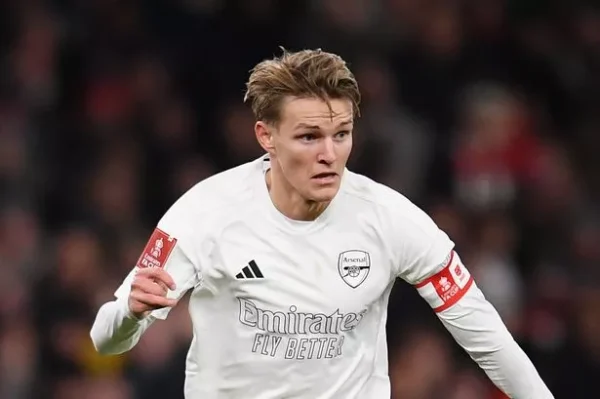
One example of a team reaching out to the community is Arsenal who wears a full white kit during their matches. Their program “No More Red” was launched in January of 2022 to raise awareness of knife and youth crimes in England. These kits are never going to be sold on the market but instead given to volunteers who help with the program and its outreach (Arsenal). “No More Red provides a unique opportunity to highlight four decades of our local community work that has helped to keep thousands of young people safe,” stated Freddie Hudson, who is the head of this program, in a statement to the British press. This is one way a club reaches out to the community and raises awareness of local problems.
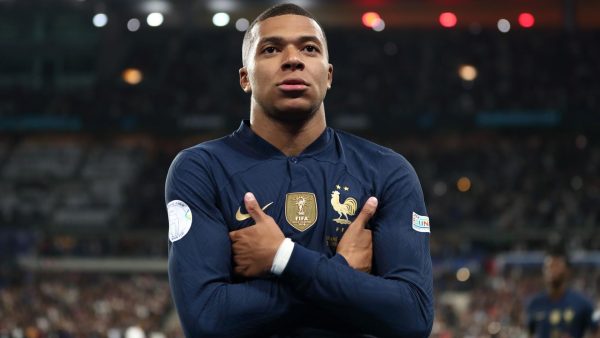
Another way of social impact is the celebrations players do after scoring a goal. Some people inject their personality into the celebration while others involve the whole team and fans supporting them (Cupello). Some famous celebrations are Cristiano Ronaldo’s “Sui”, Kylian Mbappe’s crossed arms celebration, and multiple knee slides by various players. One iconic celebration used by players is pointing to the sky with their fingers and reflecting on the goal. For example, Lionel Messi points to the sky with two fingers to signify his love and honor for his grandmother. “I am doing this because I dedicate my goals to my grandmother. She took me to football, but now she can’t see how far I have come,” Messi stated (Tronsmart).
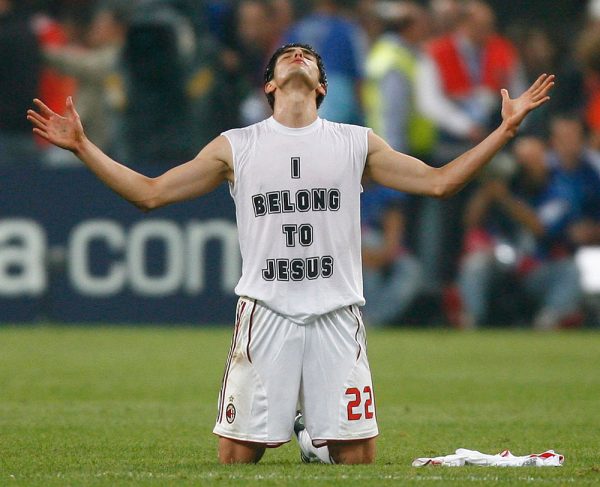
Others might have religious meaning behind their celebration, such as Kaka removing his jersey and showing a shirt saying “I Belong To Jesus.”He became a Christian at 12 and led the Brazil National Team to the World Cup final in 2002. After the final whistle, he got down and did the iconic celebration we know today. Even his cleats were embellished with “I Belong To Jesu,s” and his teammates took their shirts off with the same message but in different languages. Time Magazine even named him one of the top 100 influential people in the world and encouraged people to turn to Christ if they haven’t yet. “To those who have not yet surrendered their lives to Jesus: What are you doing being outside of this team?! Come to learn the Word of God, and come to know who God is. Stop eating cookies, while God offers us a banquet,” stated Kaka to the press (Beliefnet).
________________________________________________________________________________________
Fashion
Never thought this sport would impact fashion, did you? Soccer has certainly changed the fashion world it is, and reaches out to people internationally. Whether it’s cleats, retro jerseys, or clothing brands, the reach is never-ending because of how many people are surrounded by this sport.
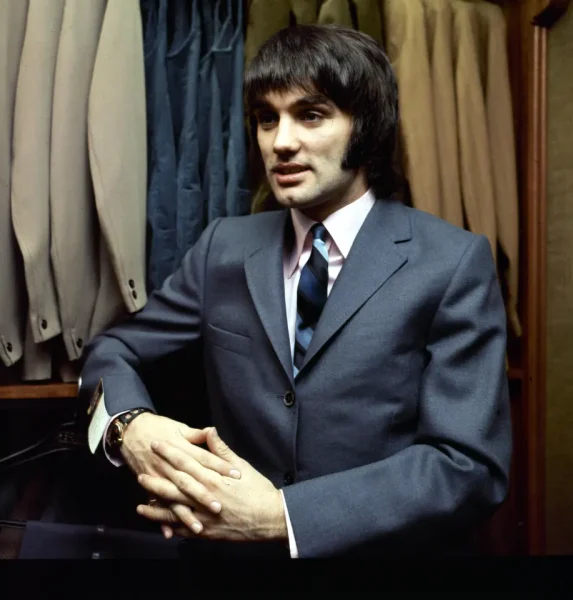
Initially, it wasn’t like this because players never thought they set the traction on fashion or other areas of society (Soccermaxpro). One early trendsetter was George Best, who always wore suits off the pitch and was very casual, which got him the nickname “The Fifth Beatle”. He led the way for athletes to place fashion into their repertoire and paved the road for endorsements from clothing companies.
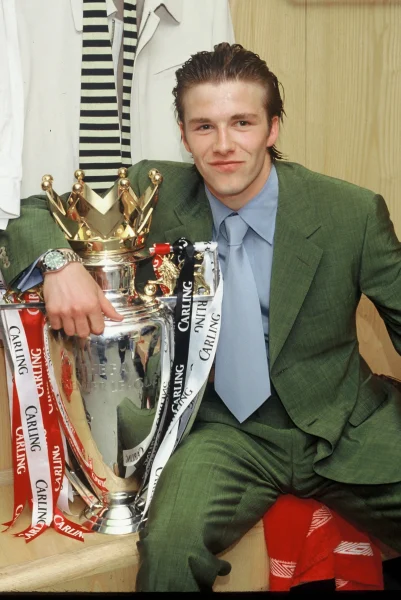
As time went by, clothing trends also changed, and soccer players were adapting to the rise in streetwear. They blended their athletic attire with casual clothes lying around in their closets. Players such as David Beckham, an England and Manchester United icon, were prime examples of taking streetwear to another level. He has such versatility, from casual wear to tailored suits, making him a fashion icon worldwide. As a result of this, players started starring in ad campaigns for Nike, Adidas, etc, and the line between fashion and sports.

In recent years, soccer players have used social media to further their influence on their team and also their fashion sense. They haven’t just become players but cultural icons, and they can express themselves, whether it’s individuality or connecting with fans. The players are essentially restructuring what it means to be a person of their status and sometimes even using their influence for activism, with players like Marcus Rashford and Raheem Sterling combining fashion and social awareness.
________________________________________________________________________________________
In conclusion, soccer has a bigger impact than most people think. Even though it might be a simple game of kicking the ball around and trying to score, its the way of life to different cultures around the world. Fair to say that I am a big fan of soccer and grew up watching it as a young kid. The players inspired me, and their personalities were also ingrained in me when I played the sport. From David Beckham to Mbappe to Ronaldo, the influences are endless and it’s fair to say that soccer will keep on inspiring young kids around the world.
Sources that guided this article:
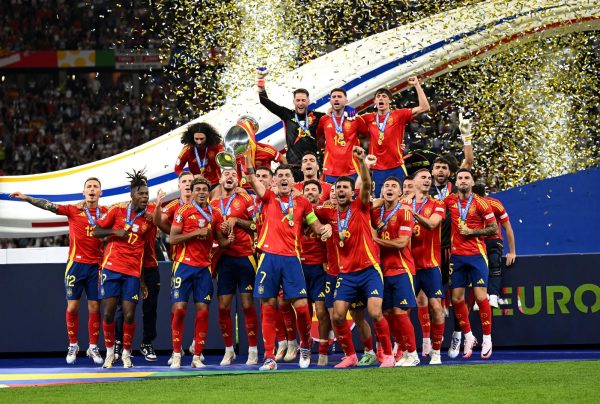


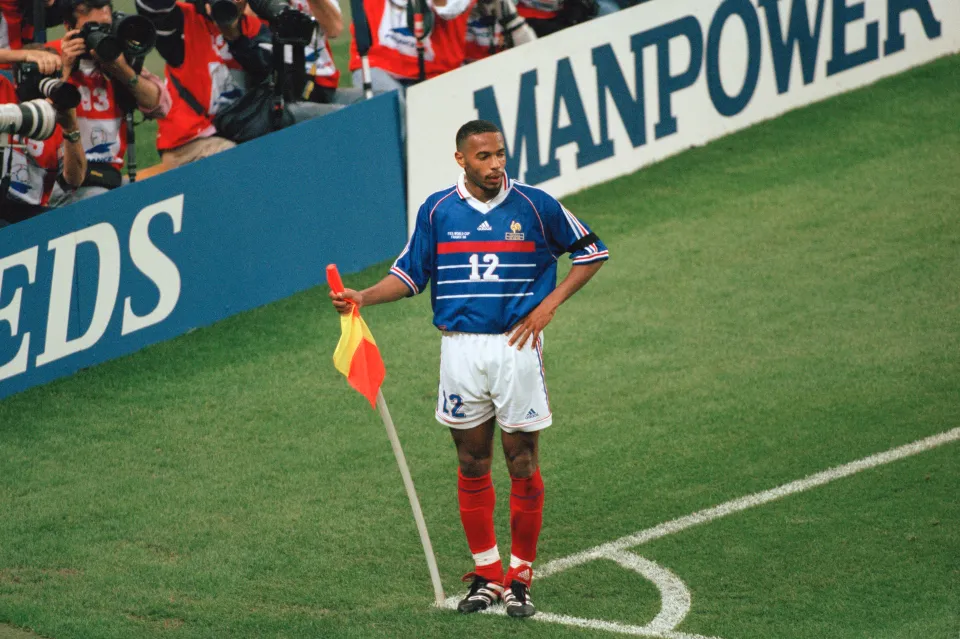

Alan F • Apr 9, 2025 at 3:10 pm
absulute cinema